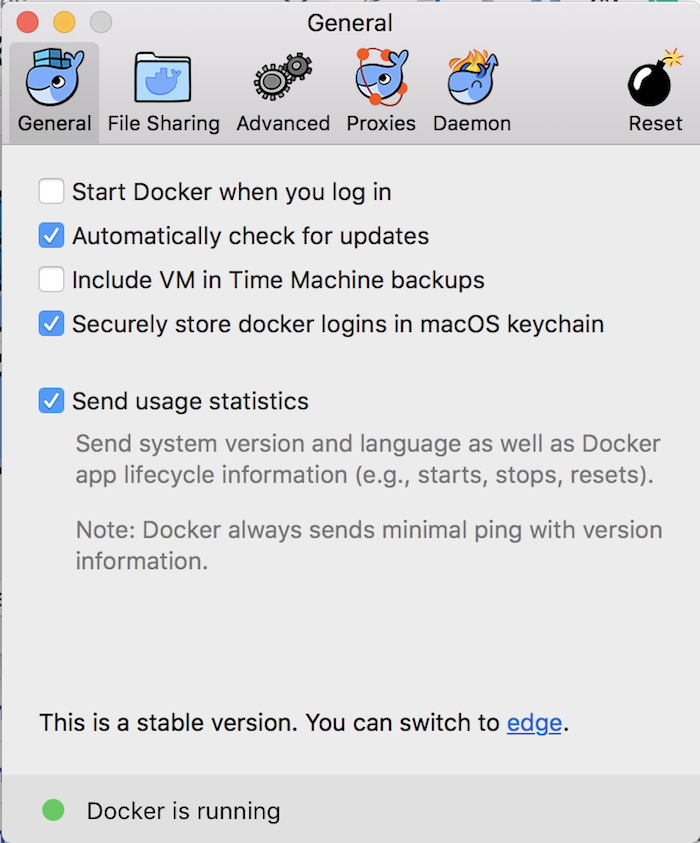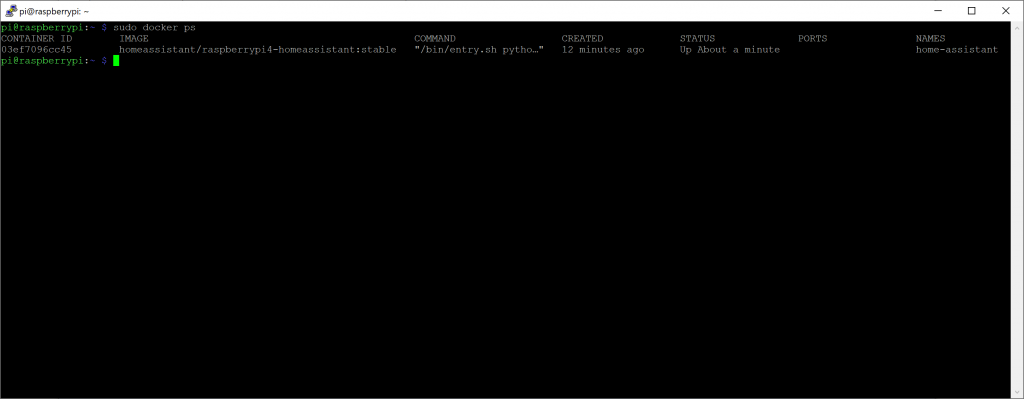

- DOCKER FOR MAC CHECK FOR NEW VERSION INSTALL
- DOCKER FOR MAC CHECK FOR NEW VERSION UPDATE
- DOCKER FOR MAC CHECK FOR NEW VERSION PRO
- DOCKER FOR MAC CHECK FOR NEW VERSION PASSWORD
This only affects users if they are on Docker Desktop 4.3.0, 4.3.1 and the user has logged in while on 4.3.0, 4.3.1.
The tips of the week show on top of the mandatory login dialog when an organization restriction is enabled via a registry.json file. Fixed an issue where putting the machine to Sleep mode after pausing Docker Desktop results in Docker Desktop not being able to resume from pause after the machine comes out of Sleep mode. Fixed a regression in Compose that reverted the container name separator from - to _. It is also possible that some Linux kernel bugs will only be fixed with cgroups v2. Although cgroups v1 should continue to work, it is likely that some future features will depend on cgroups v2. DOCKER FOR MAC CHECK FOR NEW VERSION UPDATE
If your software requires cgroups v1, you should update it to be compatible with cgroups v2.
Added a deprecated option to settings.json: "deprecatedCgroupv1": true, which switches the Linux environment back to cgroups v1.  Fixed the memory statistics for containers in the Dashboard. If you are using multiple organizations for different groups of developers, you must provision a separate registry.json file for each group. Docker Desktop displays an error if registry.json contains more than one organization in the allowedOrgs field.
Fixed the memory statistics for containers in the Dashboard. If you are using multiple organizations for different groups of developers, you must provision a separate registry.json file for each group. Docker Desktop displays an error if registry.json contains more than one organization in the allowedOrgs field. DOCKER FOR MAC CHECK FOR NEW VERSION PASSWORD
Signing in to Docker Desktop now takes you through the browser so that you get all the benefits of auto-filling from password managers. 
For more information, see Single Sign-on.
Single Sign-on: Users with a Docker Business subscription can now configure SSO to authenticate using their identity providers (IdPs) to access Docker. Easy, Secure sign in with Auth0 and Single Sign-on. Gaining access to this data would require having access to the user’s local files. Fixed CVE-2021-45449 that affects users currently on Docker Desktop version 4.3.0 or 4.3.1.ĭocker Desktop version 4.3.0 and 4.3.1 has a bug that may log sensitive information (access token or password) on the user’s machine during login. Take a look at the Docker Public Roadmap to see what’s coming next. This page contains information about the new features, improvements, known issues, and bug fixes in Docker Desktop releases. The grace period for those that will require a paid subscription Important note: VirtualBox prior to version 4.3.30 must not be installed as it is not compatible with Docker Desktop.Commercial use of Docker Desktop in larger enterprises (more than 250Įmployees OR more than $10 million USD in annual revenue) now requires a paid Mac hardware must be a 2010 or a newer model, with Intel’s hardware support for memory management unit (MMU) virtualization, including Extended Page Tables (EPT) and Unrestricted Mode. OS: macOS 10.15 or newer (Montery, Big Sur, Catalina). You can download Docker Desktop for Windows here. Storage: 100 GB of SSD (lots of free space will be used). Processor: Intel Core i5 8400 Coffee Lake or better. Furthermore, if you have to enable Kubernetes, your days may become nightmares.Īdvertisements Please check out the recommended hardware specs listed below: If your computer’s specifications are just higher than the minimum requirements a little bit, it will be hot and lagging. Running Docker Desktop may consume lots of resources. DOCKER FOR MAC CHECK FOR NEW VERSION INSTALL
If you’re using Windows 10 Home, you will have to install Docker Desktop using the WSL 2 backend.
Hyper-V and Containers Windows features must be enabled. BIOS-level hardware virtualization support must be enabled in the BIOS settings. Processor: 64-bit processor with Second Level Address Translation (SLAT). Windows 11 64-bit: Home, Pro, Enterprise, or Education version 21H2 or newer. DOCKER FOR MAC CHECK FOR NEW VERSION PRO
OS: Windows 10 64-bit: Home or Pro (build 19041 or later), Enterprise or Education (build 18363 or later). Before installing Docker Desktop for Windows or macOS, just check the system requirements listed below.







 0 kommentar(er)
0 kommentar(er)
